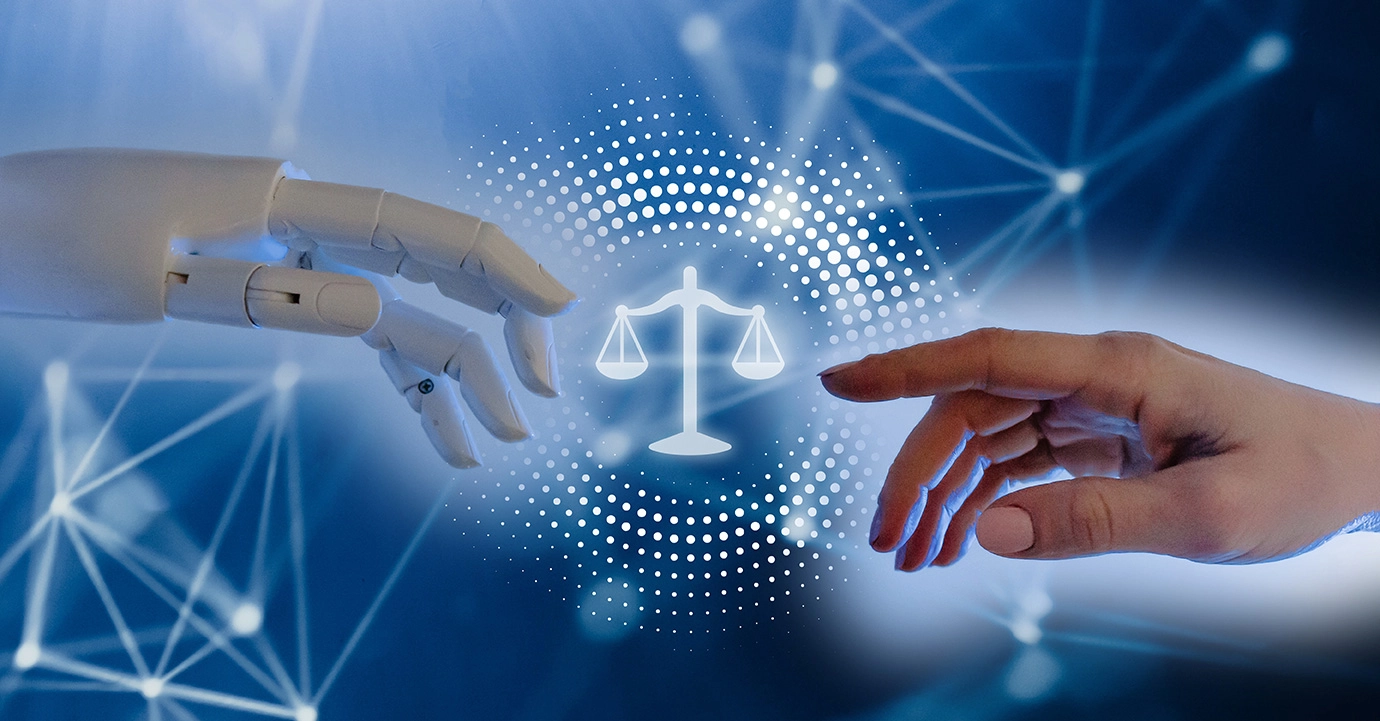Courts in China, AI, and Guiding Cases†
Table of Contents
- SINOTALKS.COM In Brief: Thank you for your support!
- Let’s Talk about Courts in China, AI, and Guiding Cases!
Estimated Reading Time
- 6 min

SINOTALKS.COM In Brief: Thank you for your support!
Two weeks ago, I launched SINOTALKS.COM In Brief to help demystify Chinese law and policy. Now, there are nearly 3,000 subscribers. Thank you!
The subscribers are primarily judges, lawyers, business strategists, policymakers, scholars, and students. Considering these diverse backgrounds, I have decided to use a more realistic approach: draw on studies conducted by my team and me to briefly share interesting developments in Chinese law and policy. I hope my concise posts will prompt your interest in reading more in-depth analyses (e.g., publications available on SINOTALKS.COM; see also: SINOTALKS® Company Page on LinkedIn).
To engage Chinese readers inside and outside China, the Chinese version of each SINOTALKS.COM In Brief post is published via WeChat. To make these posts easily accessible to more readers around the world, both the English and Chinese versions of these posts are archived here.
Let’s Talk about Courts in China, AI, and Guiding Cases!
In my first SINOTALKS.COM In Brief post, I briefly explained that Guiding Case No. 49 (regarding computer software copyrights) and Guiding Case Nos. 92 and 100 (regarding rights to new plant varieties) illustrate how, under some exceptional circumstances in civil cases, courts in China shift the burden of proof from plaintiffs to defendants.
The principle laid down in Guiding Case No. 49 contributed to the codification of burden-shifting principles stated in Article 32 of the Anti-Unfair Competition Law of the People’s Republic of China. Similarly, the principles established in Guiding Case Nos. 92 and 100 regarding DNA fingerprinting tests and related burden of proof issues have been incorporated into a judicial interpretation issued by the Supreme People’s Court (for details, see my article titled China’s Growing Focus on the Protection of Rights to New Plant Varieties: Three Guiding Cases and Related Implications).
You may wonder:
Do these three Guiding Cases still have any practical significance, seeing as how their principles have already been incorporated into legislation/judicial interpretation, and judges handling similar subsequent cases can simply cite the legislation/judicial interpretation to apply the principles stated therein?
My short answer: yes, these Guiding Cases still have practical significance.
Guiding Case No. 160 is a good example of a situation where a Guiding Case remains significant after its principle(s) has/have been incorporated into legislation/judicial interpretation. In that case, the court provided important criteria for determining whether a plant material is a “propagation material”. Intriguingly, slightly more than two weeks before the release of Guiding Case No. 160, a judicial interpretation setting forth the same criteria for determining “propagation materials” became effective. Therefore, if the significance of a Guiding Case is limited to the principle(s) established therein, it would have been unnecessary for the Supreme People’s Court to release Guiding Case No. 160 (for details, see my article titled China’s Growing Focus on the Protection of Rights to New Plant Varieties: Three Guiding Cases and Related Implications).
Then, what is the additional significance? Please read on.
My longer answer requires discussions of two key developments in Chinese law and policy:
- Guiding Cases and their special role in a country that has traditionally emphasized legislation
Released by the Supreme People’s Court, Guiding Cases are summaries of select full-text judgments rendered by different courts in China. The first batch of Guiding Cases was released ten years ago after China began establishing the country’s Case Guidance System to “unify the application of law” and “safeguard judicial impartiality”.
Not regarded as a source of Chinese law, Guiding Cases have, nonetheless, unique significance in China, a country that has traditionally emphasized legislation as the primary source of legal authority since it began building its contemporary legal system. In his article titled On the Issue of the Application of the Supreme Court’s Guiding Cases (1 China Law Connect 19 (June 2018)), Judge GUO Feng, a senior judge of the Supreme People’s Court who has been in charge of the development of Guiding Cases, explains:
[…] the Case Guidance System would exist in name only if Guiding Cases were not granted a certain effect. Because Guiding Cases are granted de facto binding effect, if a judgment or ruling that differs [with a Guiding Case] is rendered in a similar case, the judgment or ruling is subject to the risk of being amended when the upper-level court adjudicates the appeal of the case. (emphasis added)
Therefore, Guiding Cases are de facto binding precedents. According to rules issued by the Supreme People’s Court, principle(s) established in each Guiding Case, as stated in its “Main Points of the Adjudication” section, should be cited and applied by Chinese judges handling similar subsequent cases. These de facto binding precedents provide factual contexts to illustrate the application of principles that would otherwise appear to be general or even abstract if merely expressed in legislation/judicial interpretations. This manifests the additional significance of Guiding Cases even after their principles have been incorporated into legislation/judicial interpretations.
- China’s policy goal of applying AI to adjudication
In July 2020, China released a set of rules regulating the “Search for Similar Cases” system, under which Chinese judges search for similar cases, especially Guiding Cases, and learn from them before rendering judgments for select types of pending cases.
The Supreme People’s Court’s release of Guiding Cases allows these generally well-reasoned judgments to enrich the database of the “Search for Similar Cases” system. Building such a database is, in turn, crucial for the ultimate success of having the system competently utilize artificial intelligence, a goal explicitly stated in the rules on the “Search for Similar Cases” system:
People’s courts at all levels should actively promote the work on searching for similar cases, strengthen the research and development of [related] technology and the training on its application, and increase the levels of [artificial] intelligence and precision of the push [technology] for similar cases […]. (emphasis added)
All of the above shows that Guiding Cases have a unique role in the Chinese legal system even though they are only regarded as de facto binding. Their significance has been growing over the past decade. My team and I feel fortunate to have witnessed this development since the first day and we look forward to seeing more exciting developments in the coming years and sharing them with you.
† The citation of this article is: Dr. Mei Gechlik, Courts in China, AI, and Guiding Cases, SINOTALKS.COM, In Brief No. 2, Dec. 29, 2021, https://sinotalks.com/inbrief/china-ai-guiding-cases.
The original, English version of this article was edited by Nathan Harpainter. The information and views set out in this article are the responsibility of the author and do not necessarily reflect the work or views of SINOTALKS.COM.







